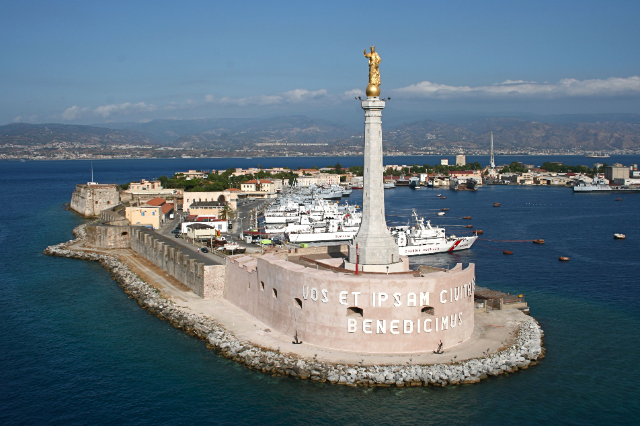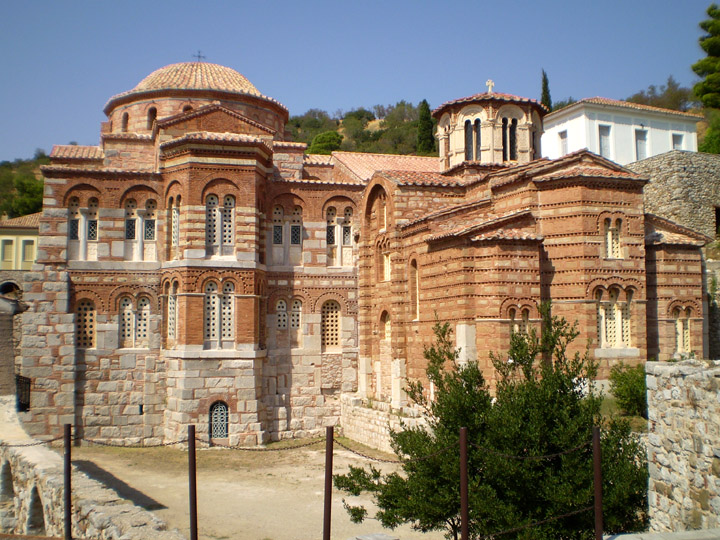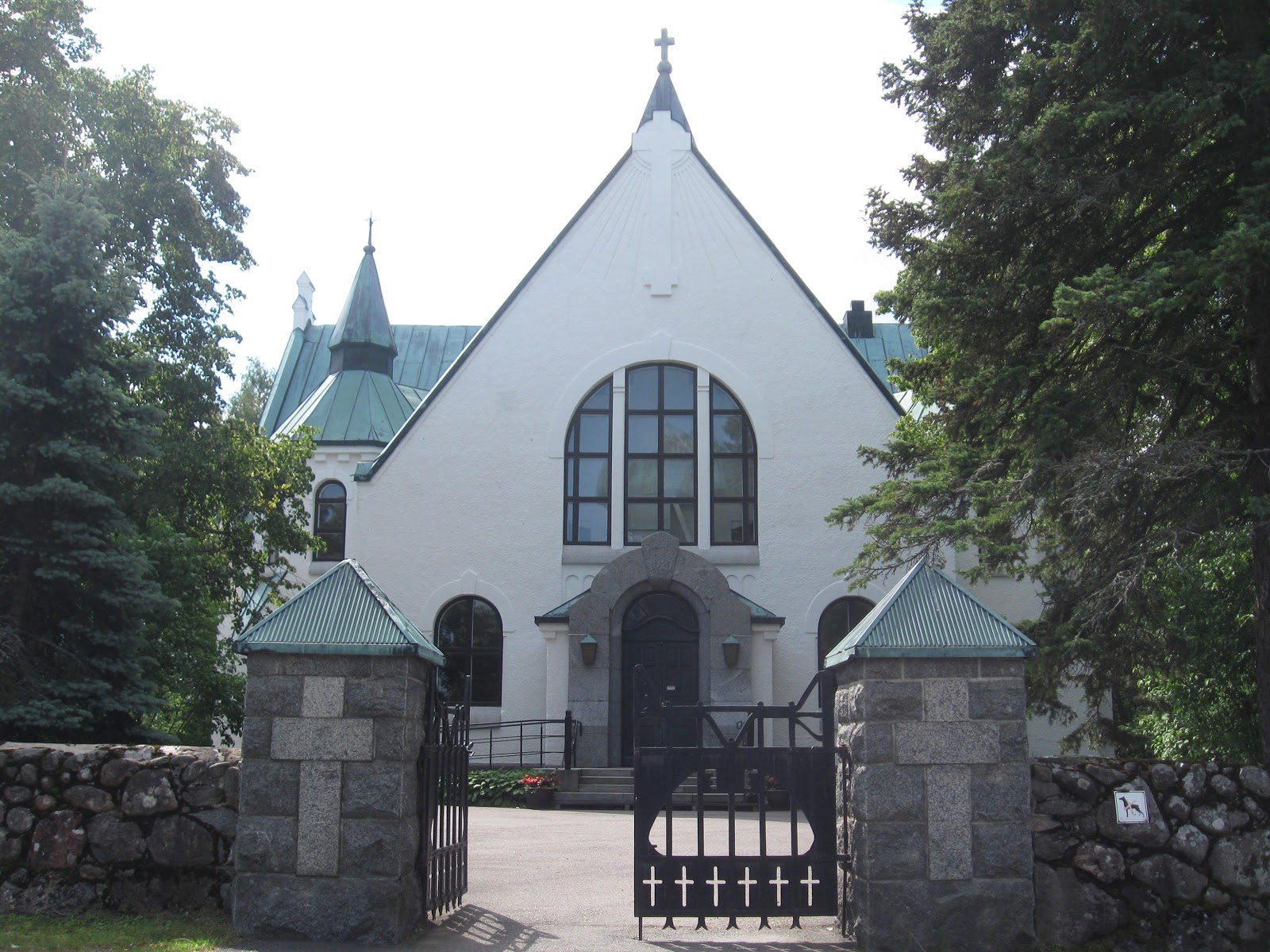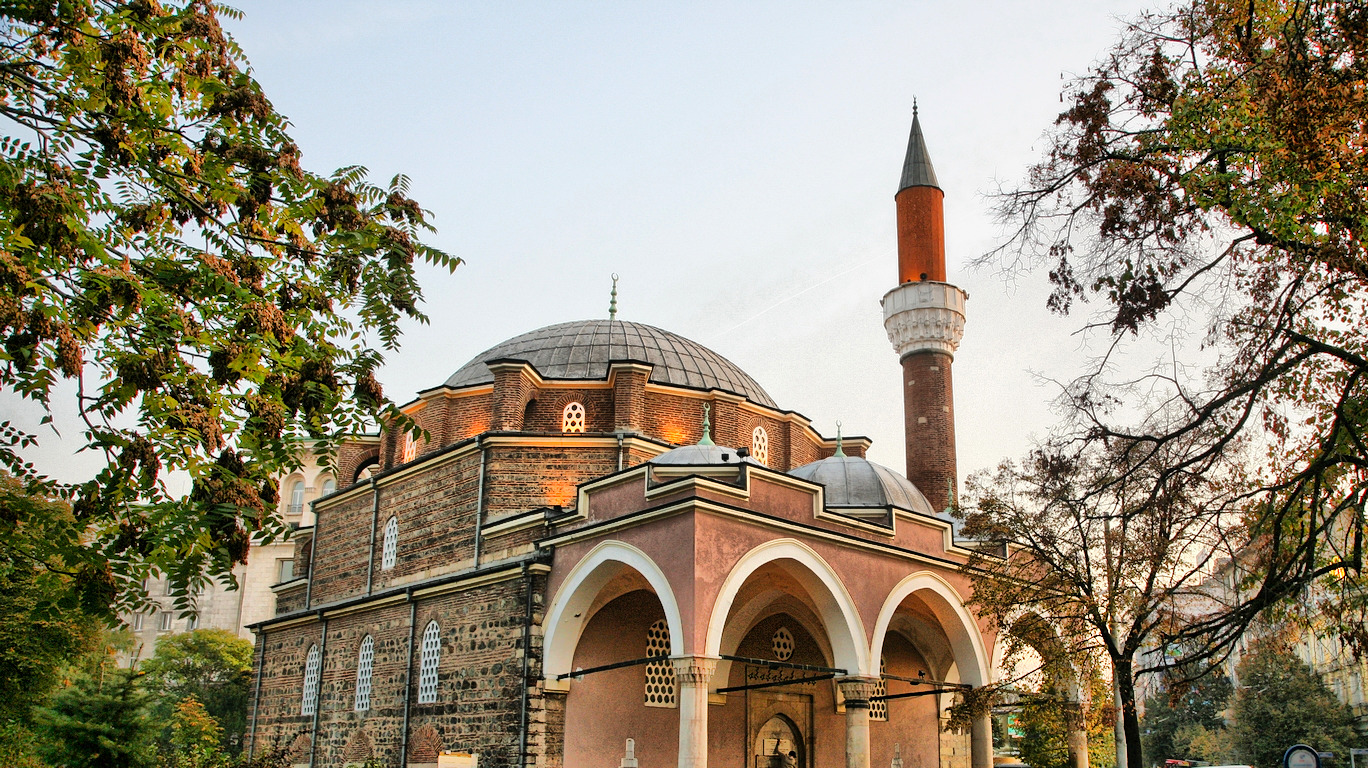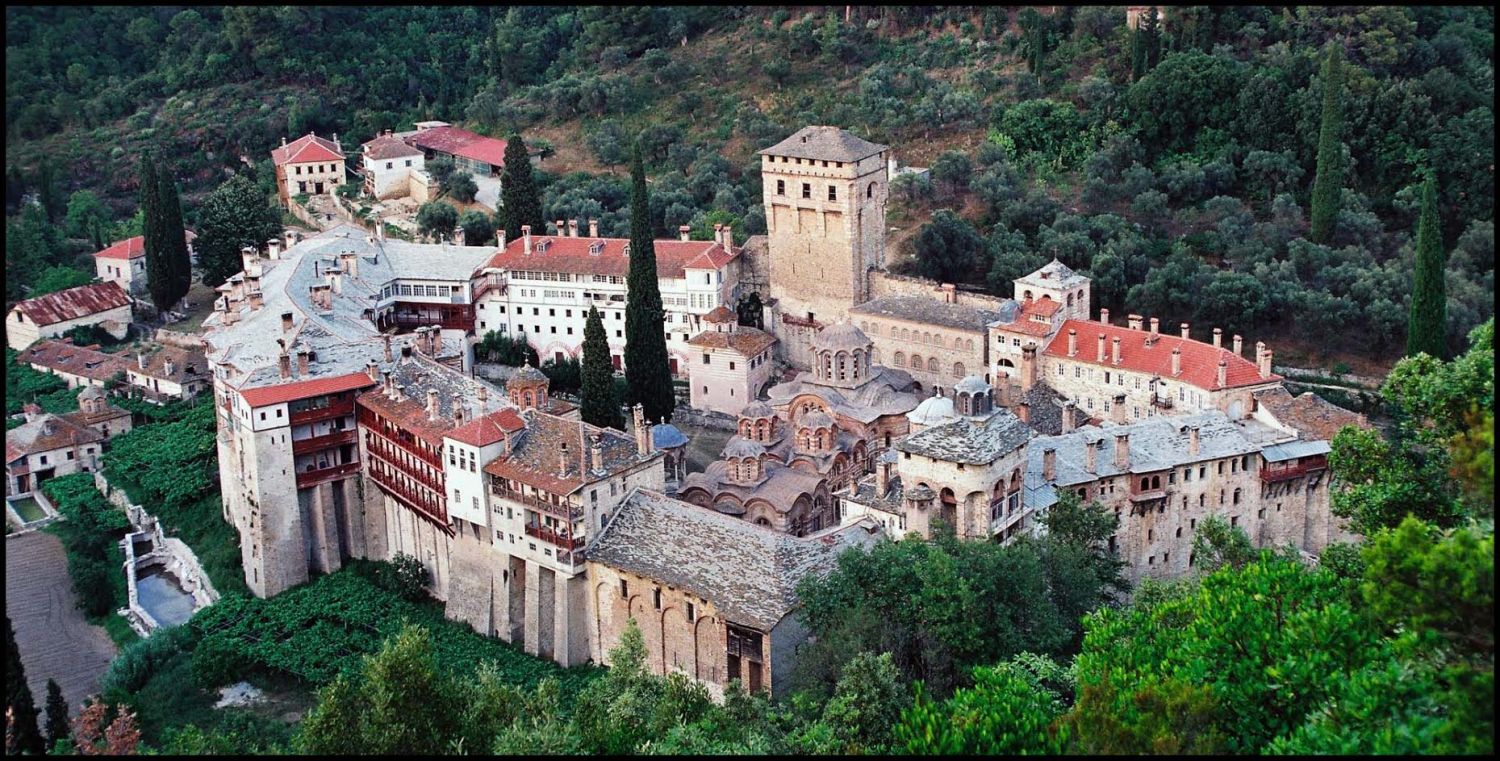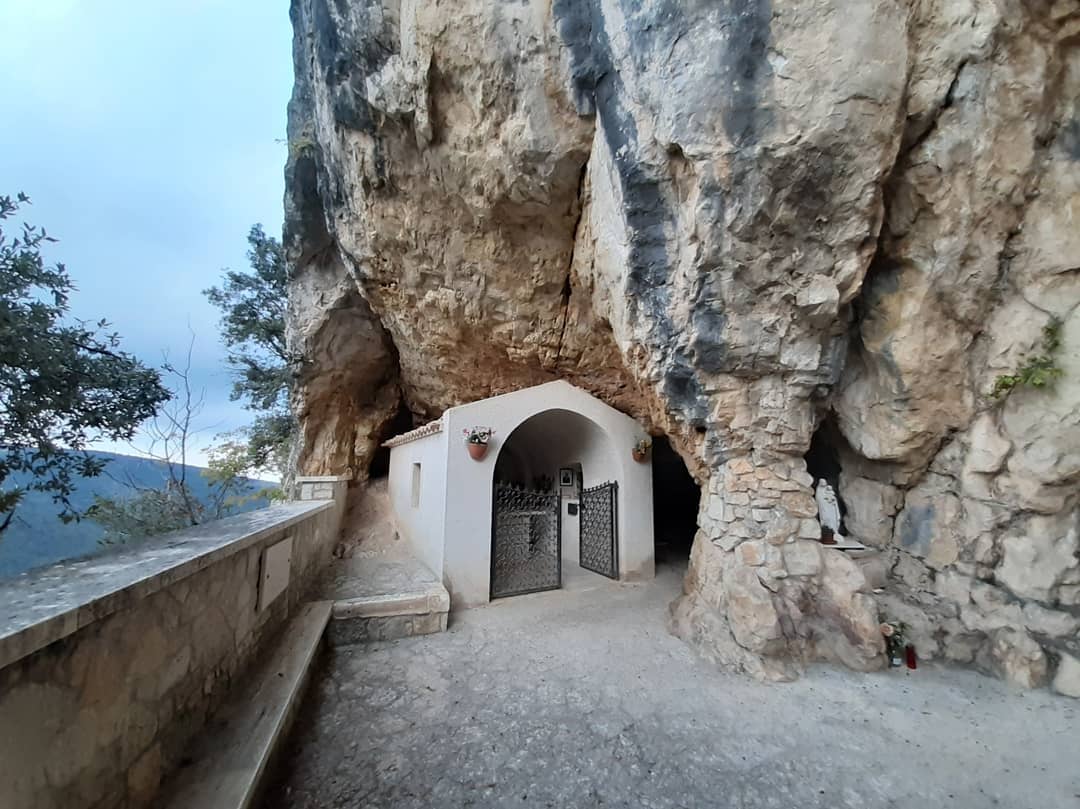The sacred building is located in Italy Square, where beautiful 18th-century buildings also stand, and houses the Mother Church of Our Lady of the Militia (or St. Ignatius), in Baroque style with rich gilded stucco and frescoes.The church became the Matrix in 1874, replacing the church of St. Matthew, and was rebuilt in 1751.Inside is the Madonna dei Milici, a singular papier-mâché work that is the star of the festival. It depicts the Madonna on a white horse with her sword drawn, ready to fight the Saracens, two of whom are depicted under the horse’s hooves.This simulacrum, linked to the historic 1091 battle between the Normans and Saracens, is at the center of the characteristic "Festa dei Milici," which takes place in June in Italy Square itself. The festival commemorates the battle fought in the plain of Donnalucata and won by the Normans.The town’s most original festival is the Festa delle Milizie, held on the last Saturday of May. It commemorates the victory of Christian soldiers led by the future Norman king Roger against the Saracens, that is, the Arabs led by Emir BelKar, in the war to conquer the city in 1091. According to legend, the victory of the Christians came about thanks to the apparition of the warrior Madonna on horseback, an event that prompted Roger to have a church built in honor of Our Lady of the Militia. The feast is celebrated with the preparation of two groups symbolizing Christians and Saracens ready to fight, a fair, horse races, the arrival of numerous faithful from nearby towns, and sacred elements such as a procession of the statue of the Madonna and a pilgrimage to nearby Donnalucata, where the Madonna is said to have appeared to help the Normans.In addition, the church preserves a stone with the footprint of the Madonna’s foot, which tradition says was left when she dismounted from her steed. The church has a basilica plan with three naves divided by large pillars adorned with gilded stucco. In the nave are Bartolomeo Militello’s 1953 frescoes depicting episodes from the life of Jesus.The church also houses several interesting works of art, such as Pascucci’s painting from the late 18th century depicting the 1091 battle between the Turks and the Christians. In addition, a silver urn-reliquary of St. William is kept here.


